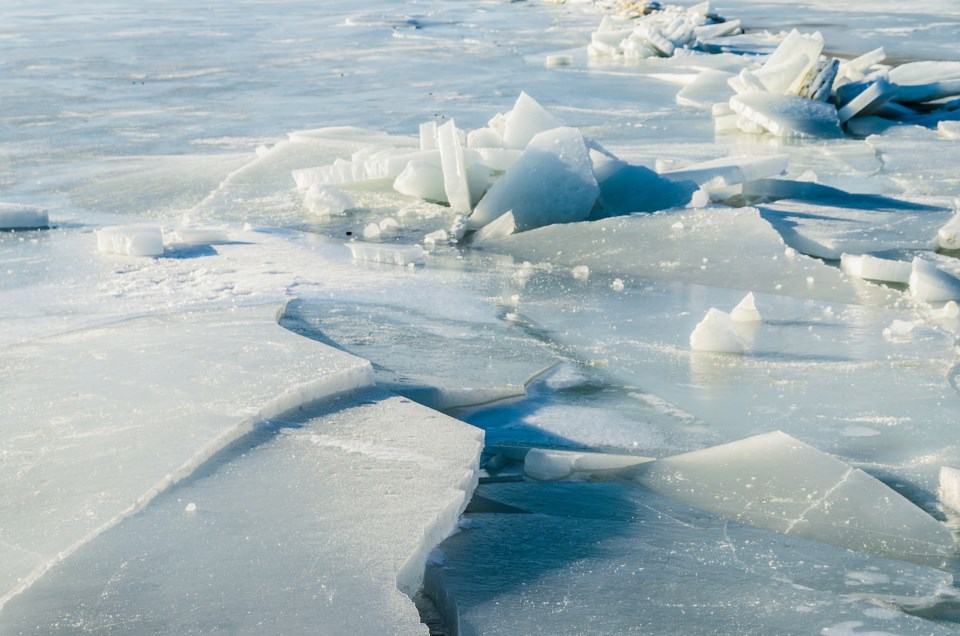Ice-breaking operations in the area are complete.
With warmer weather having arrived and ice throughout the western Great Lakes mostly melted, the United States Coast Guard has ended ice breaking in the area.
Ice cover on the Great Lakes peaked in late-February at 56 per cent while Lake Superior was 80 per cent covered on March 15.
The ice-breaking season was 108 days and included 11 ice breakers (nine U.S. and two Canadian).
The group "combined to deliver 2,046 hours of ice breaking assistance to the benefit of 404 vessel transits; 197 of these movements required direct ice breaking assistance to ensure commercial vessel safety," said a U.S. Coast Guard-issued release.
"These 11 icebreakers also conducted 3,685 hours of preventative ice breaking to establish and maintain tracks in the ice hampered waterways of western Lake Superior, the St Marys River, Georgian Bay, Green Bay, and the Straits of Mackinac."
The U.S. Coast Guard estimates that more than 7.8 million tons of dry bulk and liquid cargoes were aided during the operation period, translating to approximately $284 million US dollard worth of cargo moving through.
